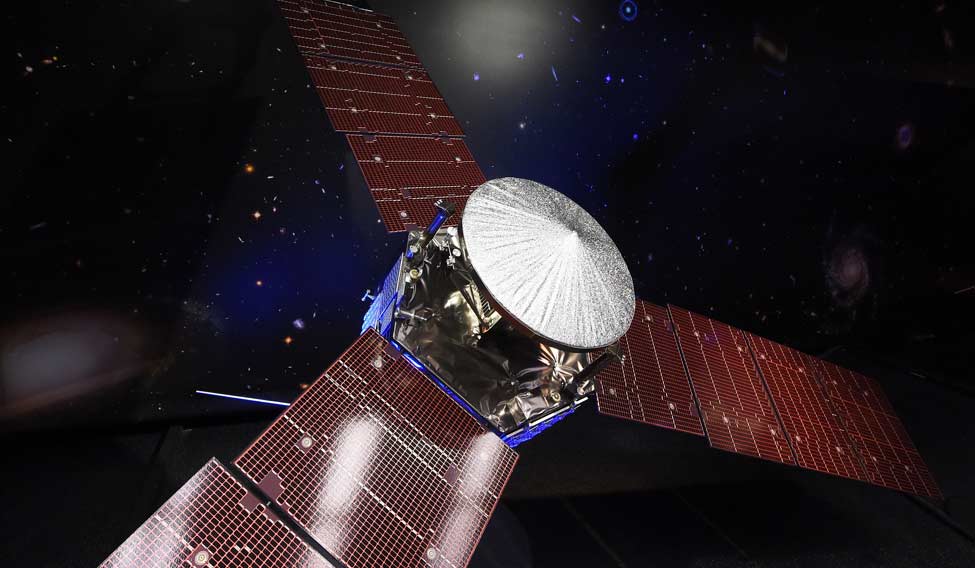NASA'S Juno spacecraft capped a five-year journey to Jupiter on Monday with a do-or-die engine burn that looped it into orbit to probe the origins of the biggest planet in the solar system and how it impacted the rise of life on Earth, the U.S. space agency said.
Juno fired its main engine for 35 minutes beginning at 11:18 a.m. EDT/0318 Tuesday GMT, slowing the spacecraft so it could be captured by the planet's gravity.
Once in position to begin its 20-month science mission, Juno will fly in egg-shaped orbits, each one lasting 14 days, to learn if Jupiter has a dense core beneath its clouds and map its massive magnetic field.
Also read: Get to know Juno
The probe also will hunt for water in Jupiter's thick atmosphere, a key yardstick for figuring out how far away from the sun the gas giant formed.
Jupiter, which could hold 1,300 Earths, orbits five times farther from the sun than Earth, but it may have started out elsewhere and migrated, jostling its smaller sibling planets as it moved.
Earth and Mars were positioned at the right distance from the sun for liquid surface water, which is believed to be necessary for life. Scientists have been studying Mars to figure out why the planet lost its water.
Jupiter's immense gravity also diverts many asteroid and comets from potentially catastrophic collisions with Earth and the rest of the inner solar system.
NASA expects Juno to be in position for its first close-up images of Jupiter on Aug. 27, the same day its science instruments are turned on for a test run.
Juno is only the second spacecraft to orbit Jupiter, following NASA’s 1995-2003 Galileo mission.




